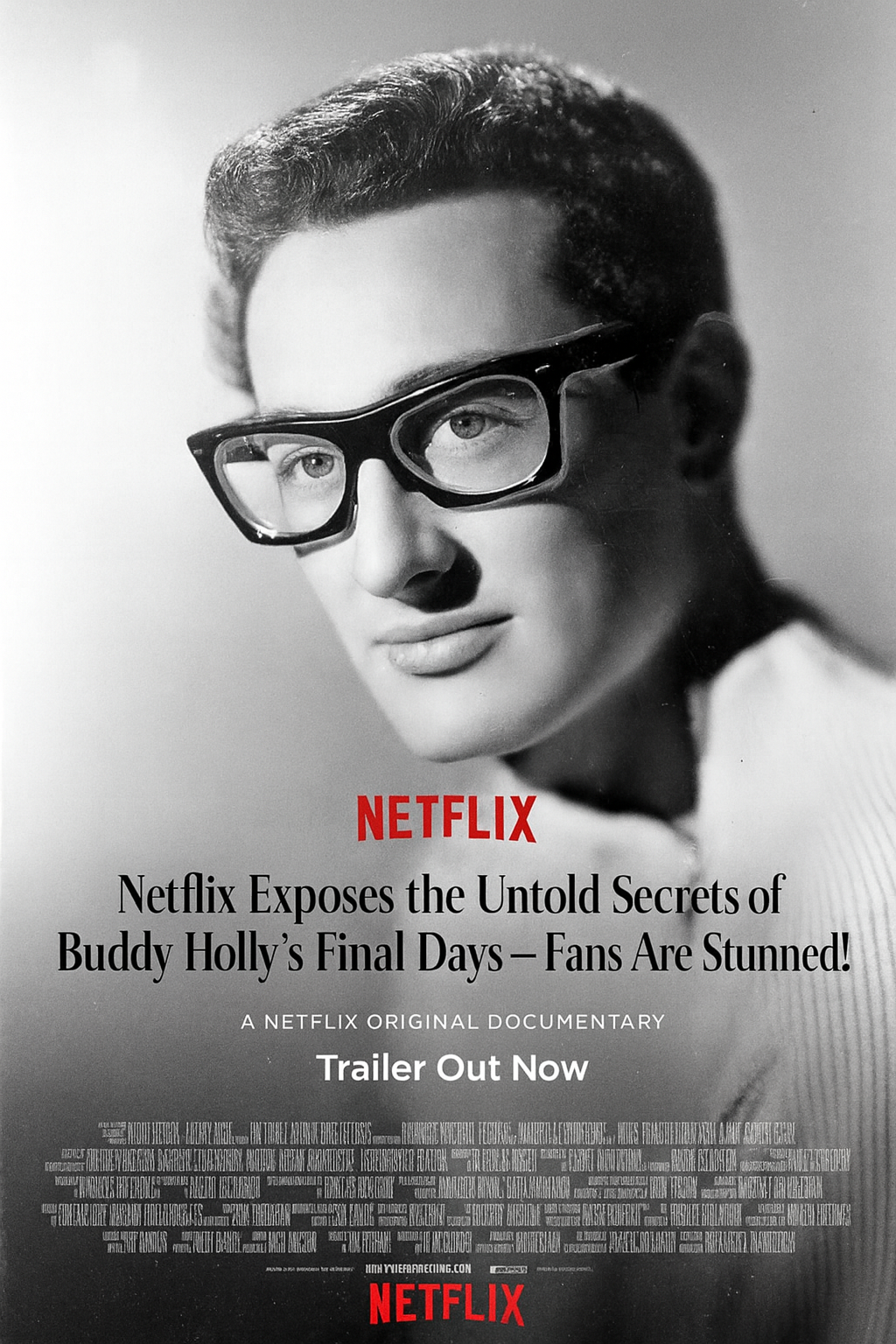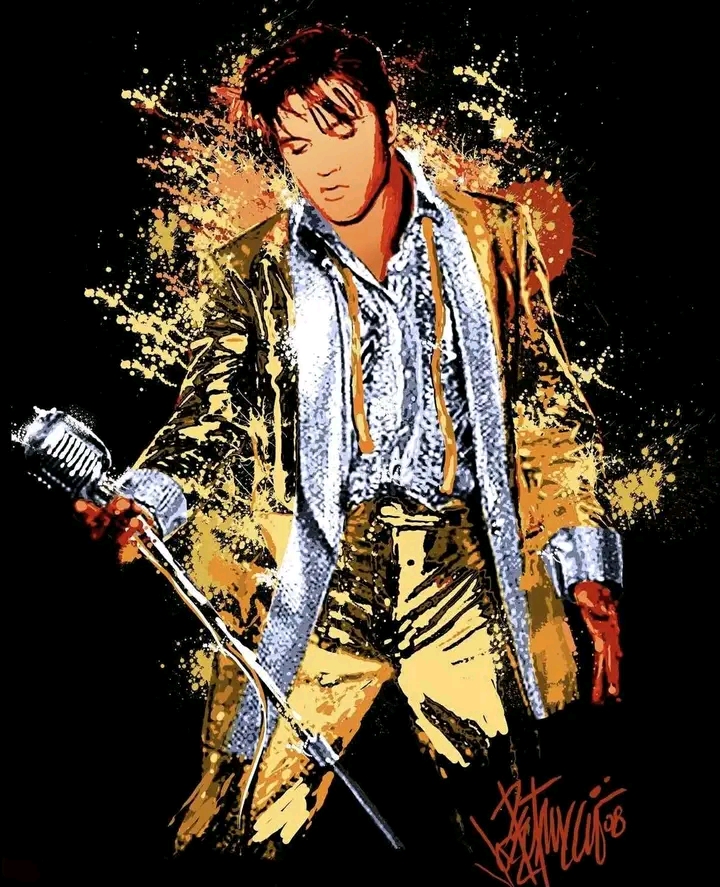
The announcement of Netflix’s latest documentary series on Buddy Holly has electrified fans of early rock ’n’ roll, reigniting interest in the life of a musician whose influence still shapes popular music today. The series dives deep into the short but revolutionary career of the Texas-born legend, exploring how he helped carve a path for countless artists with his groundbreaking sound, songwriting talent, and fearless creativity. Viewers are given a vivid look at the young artist who defied norms and redefined what rock music could be.
From his early days in Lubbock, Texas, the series paints a rich portrait of a teenager consumed by music, armed with a guitar, and determined to stand out. It offers a rare look into his early recording attempts, the formation of The Crickets, and the sparks of the unique “Holly sound” that blended rockabilly, rhythm and blues, and heartfelt pop sensibility. Netflix uses archival footage, interviews, and immersive reenactments to bring these formative moments to life.
The documentary also captures the rapid ascent of Buddy Holly as he became a nationwide sensation almost overnight. Conversations with historians, surviving collaborators, and contemporary musicians highlight just how disruptive and refreshing his presence was in an industry still grappling with the rise of rock music. Songs like “That’ll Be the Day” and “Peggy Sue” are given proper spotlight as the series breaks down their creation and lasting cultural resonance.
The emotional center of the series lies in Holly’s innovative spirit and the genuine humility he maintained despite international fame. Netflix takes viewers behind the scenes of his creative process, showcasing handwritten notes, studio outtakes, and personal letters that reveal the mind of a driven artist who always put the music first. Each episode captures the contrast between his soft-spoken personality and his bold creative evolution.
As the story moves toward its climax, the series tackles the pressures Holly faced in pushing into new musical territories. His ambition to expand his sound, experiment with orchestration, and write more personal material is depicted with emotional depth. His whirlwind marriage and independent spirit are integral parts of the narrative, revealing a man who was maturing rapidly both personally and artistically.
The sixth episode places a powerful emphasis on the date February 3, 1959, the day the tragic plane crash occurred—now known as “The Day the Music Died.” Netflix approaches the loss with sensitivity but unflinching detail, examining not only what happened but how the sudden tragedy shook the entire music world. The episode provides heartfelt interviews that reflect on the profound sense of loss and disbelief experienced by fans and fellow musicians alike.
The series concludes by celebrating Buddy Holly’s remarkable legacy, focusing on how his music has remained relevant across generations. From The Beatles and Bob Dylan to modern indie and pop artists, the documentary underscores how deeply his fingerprints are embedded in today’s musical landscape. Netflix brings together an impressive lineup of artists who share personal reflections on what Holly’s work meant to them.
Ultimately, the documentary serves as both a tribute and a reintroduction, reminding audiences that Buddy Holly’s career may have been short, but his impact is immeasurable. Netflix succeeds in presenting a gripping, heart-filled series that cements Holly’s place among the most important pioneers in music history. For longtime fans and newcomers alike, this documentary is a powerful reminder of the brilliance that was lost far too soon.



